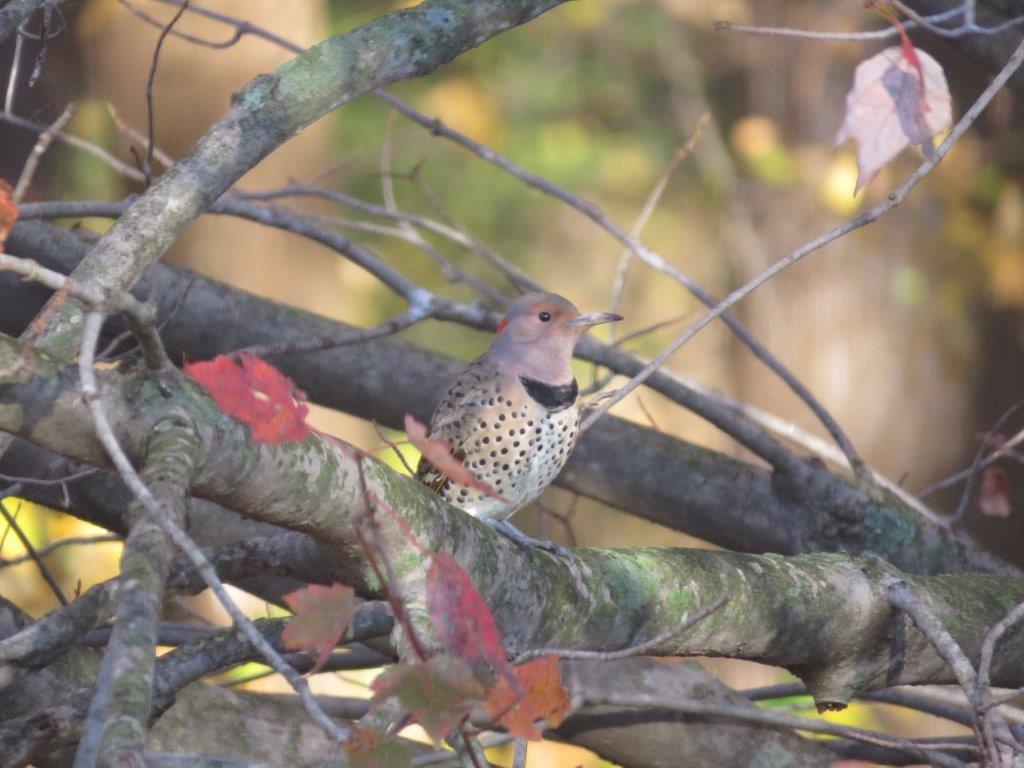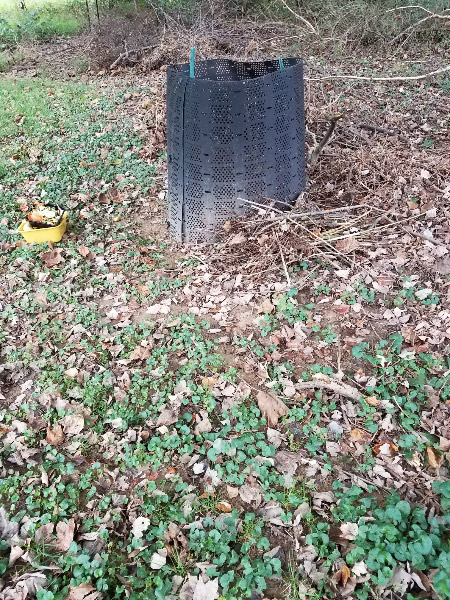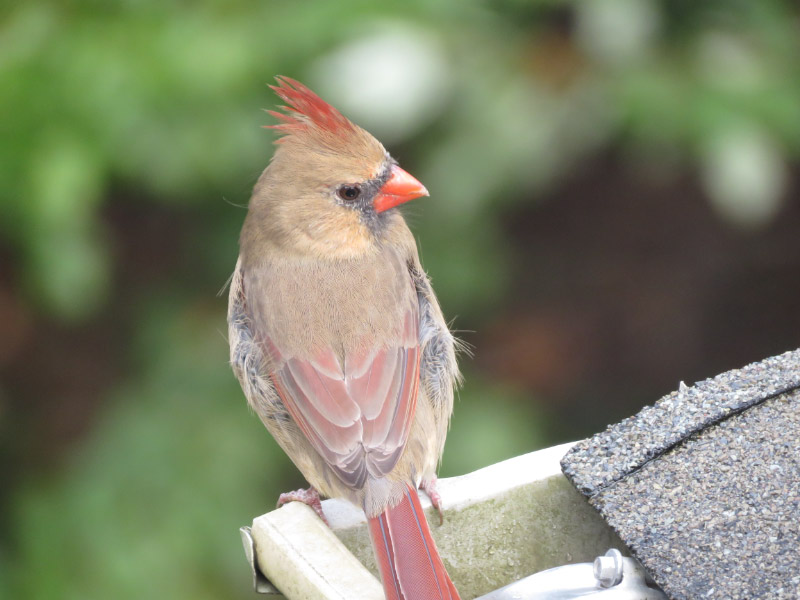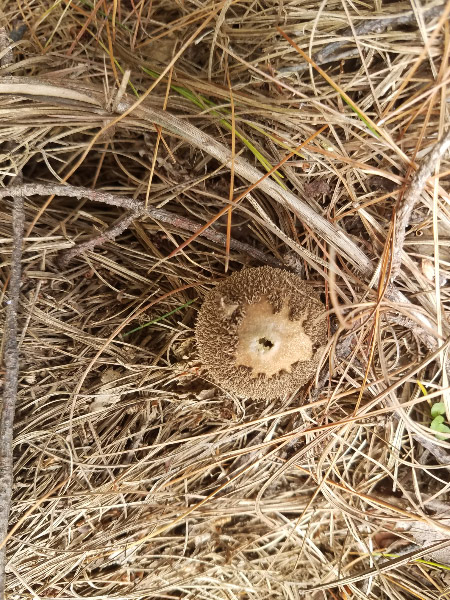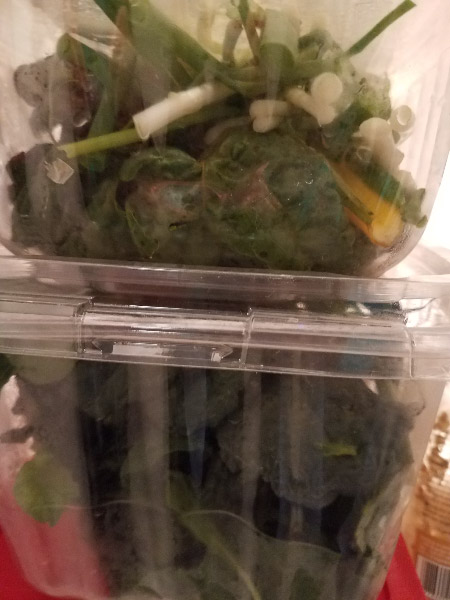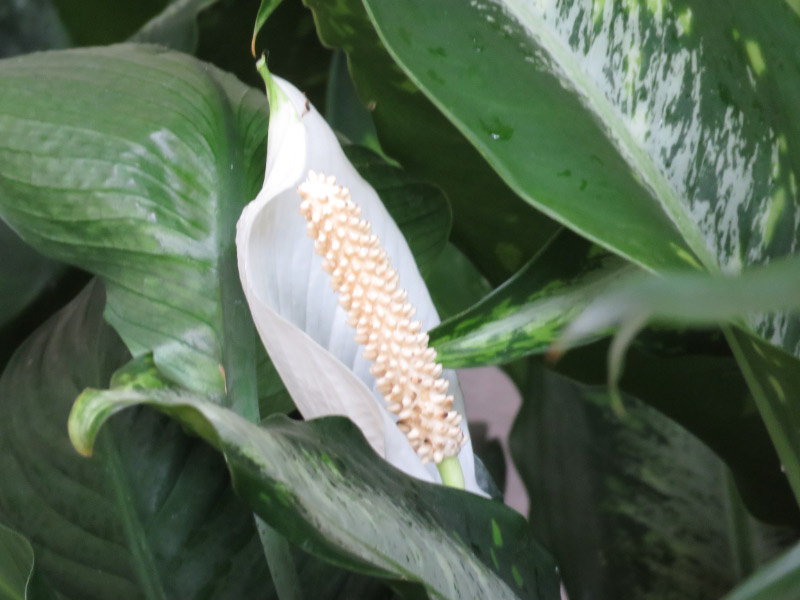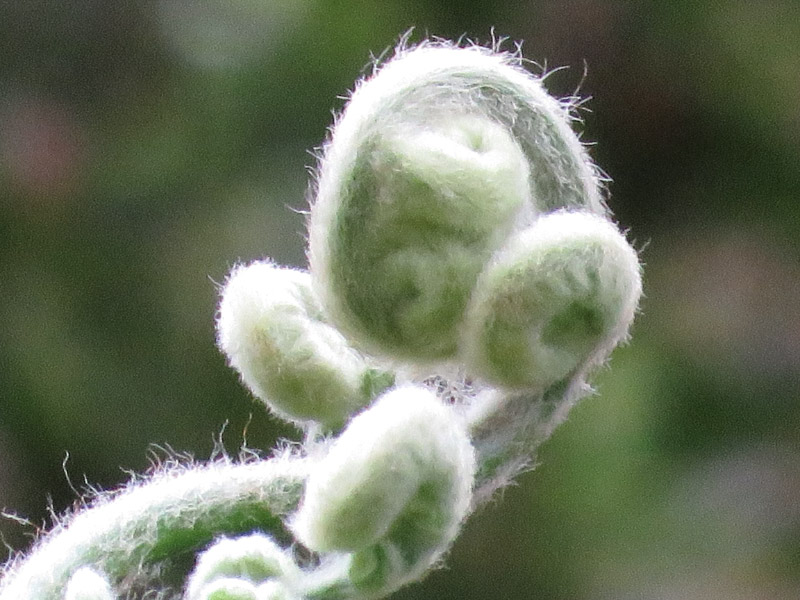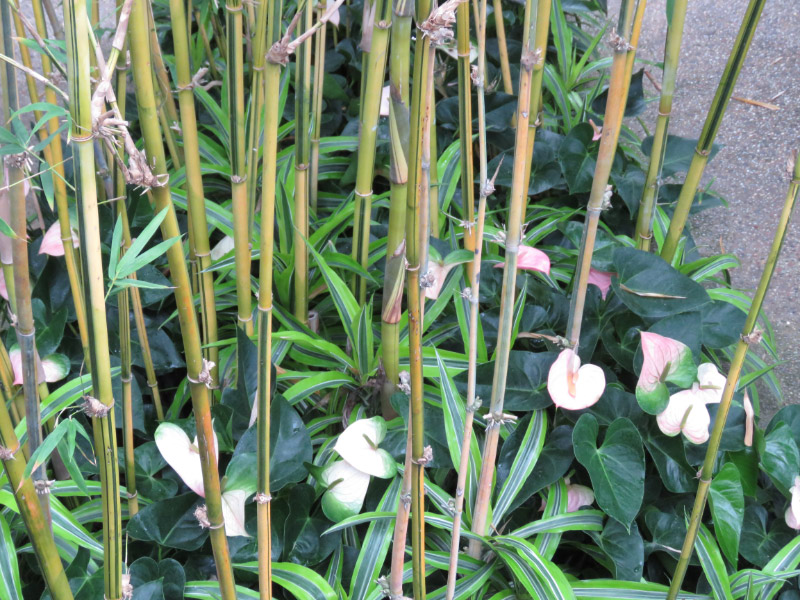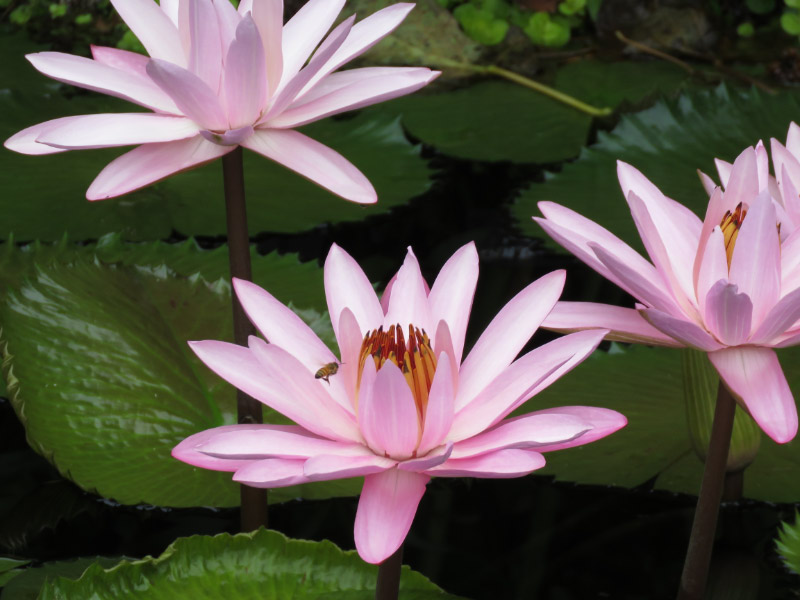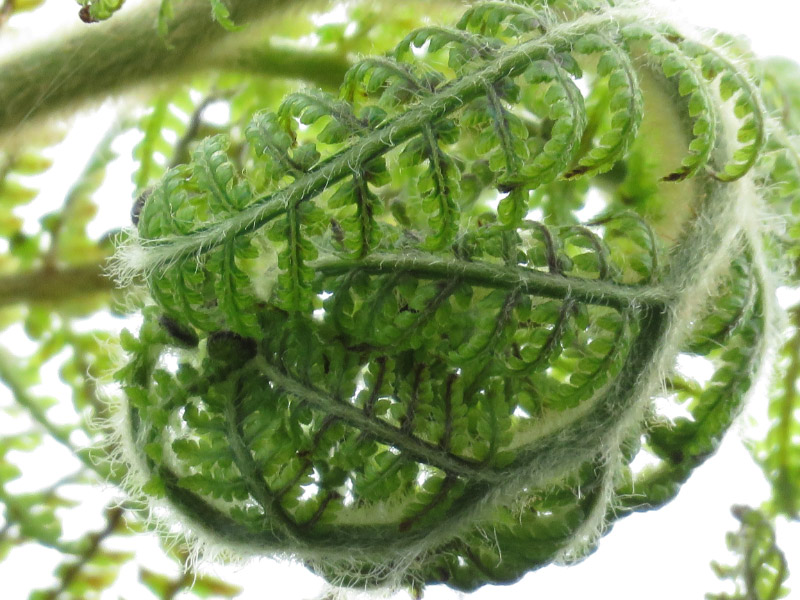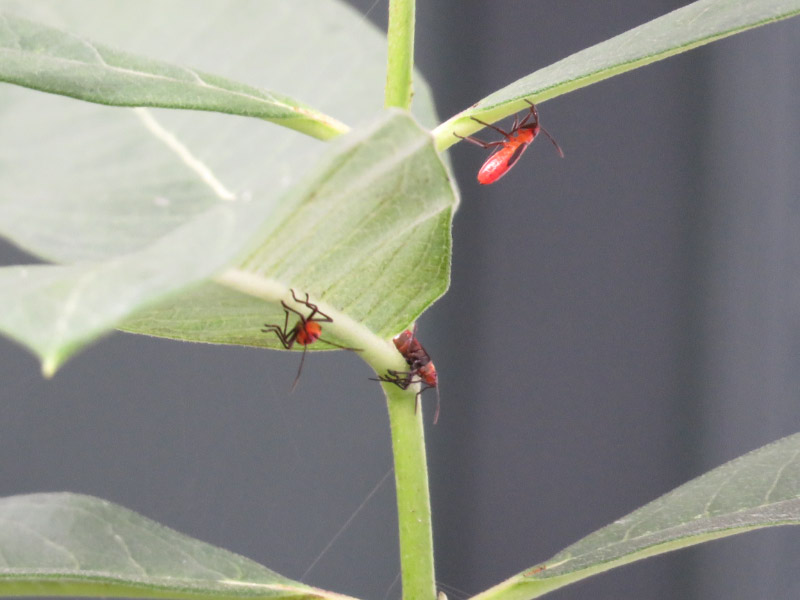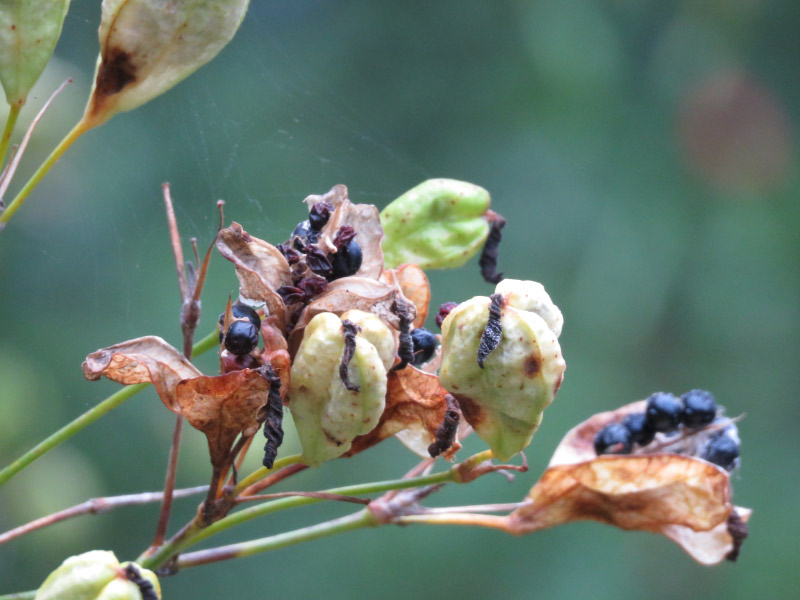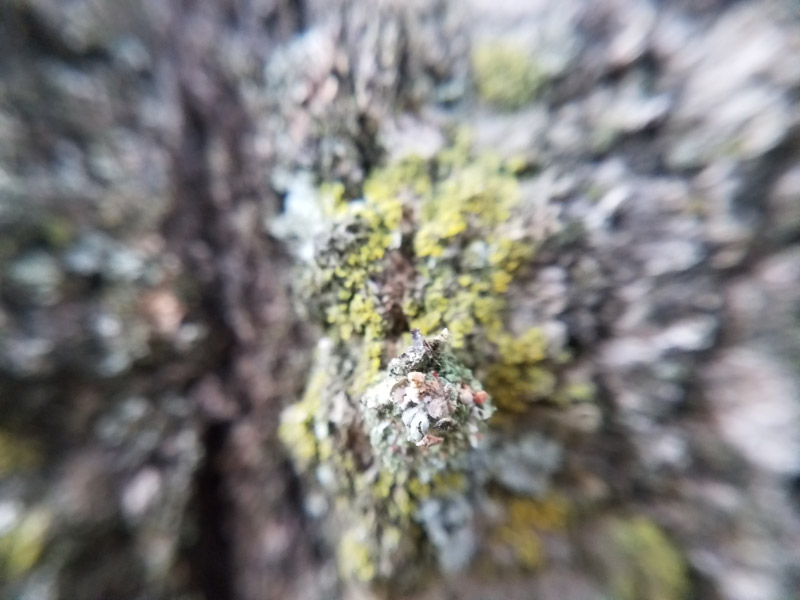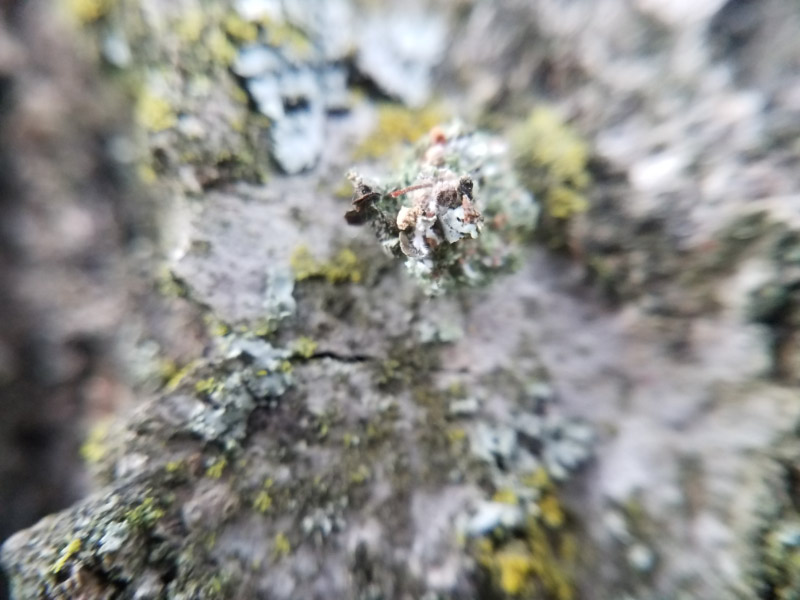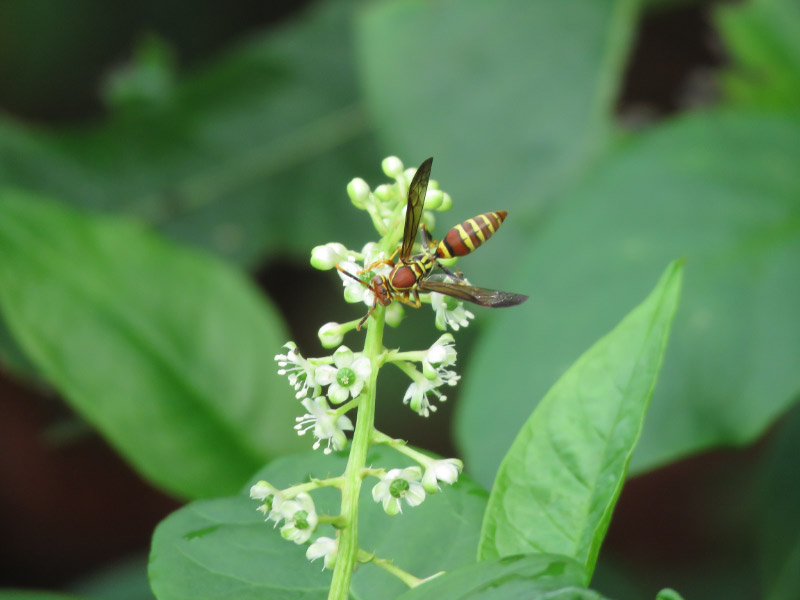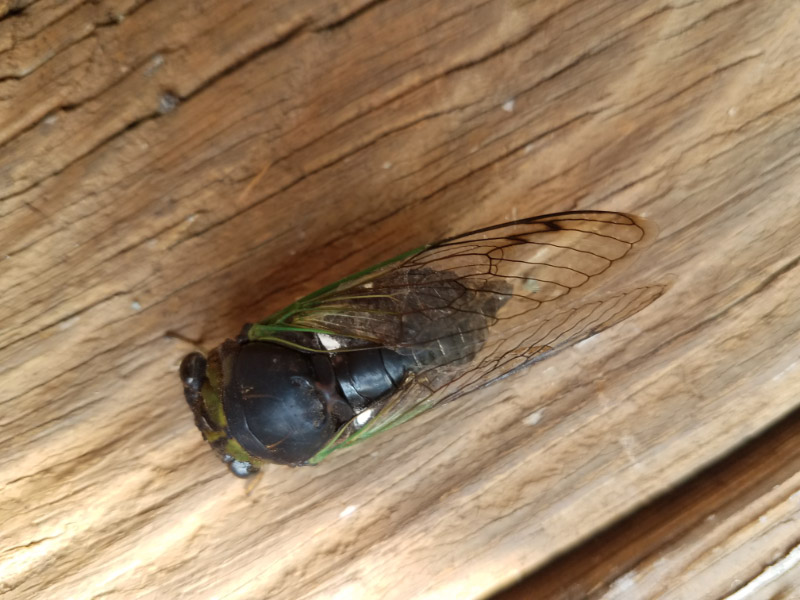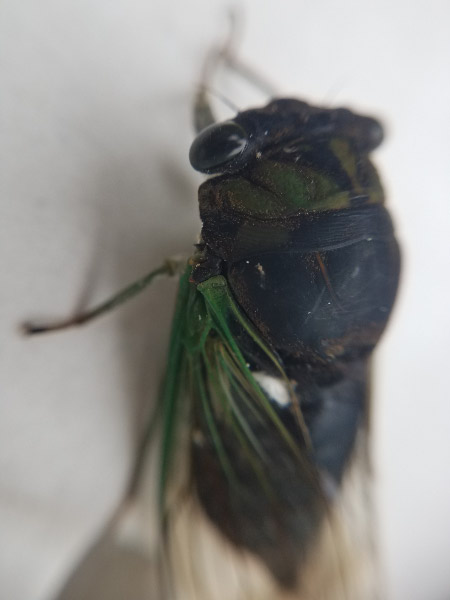Sunrise and Sunset
/One day last week I had serendipity photo ops first thing in the morning and just as the day was ending. In the morning I looked out the front of the house and saw three deer munching on the day lily leaves around our oak. By the time I got my camera, there were only two left. I trimmed the leaves more than a month ago as they began to look ragged and was surprised that they grew back. They are probably some of the most tender green leaves around right now. The day was cloudy and wet so even though the sun had been ‘up’ for about an hour, it was still relatively dark.
Near sunset I noticed the color reflected on the clouds. They were moving rapidly so the shapes were changing. Our sycamore was already in silhouette with the vibrant color in the background.
A few minutes later the clouds still looked very orange. I zoomed to some distant tulip poplars that still had a few leaves.
Back to our sycamore in silhouette – the cloud has the shape of some creature with two big eyes and a toothless mouth…maybe a little like Jabba the Hutt.
Then the color was down in the trees. We don’t have a clear few of the sunset since there is a forest to our west. It was a nice end-view for the day.














